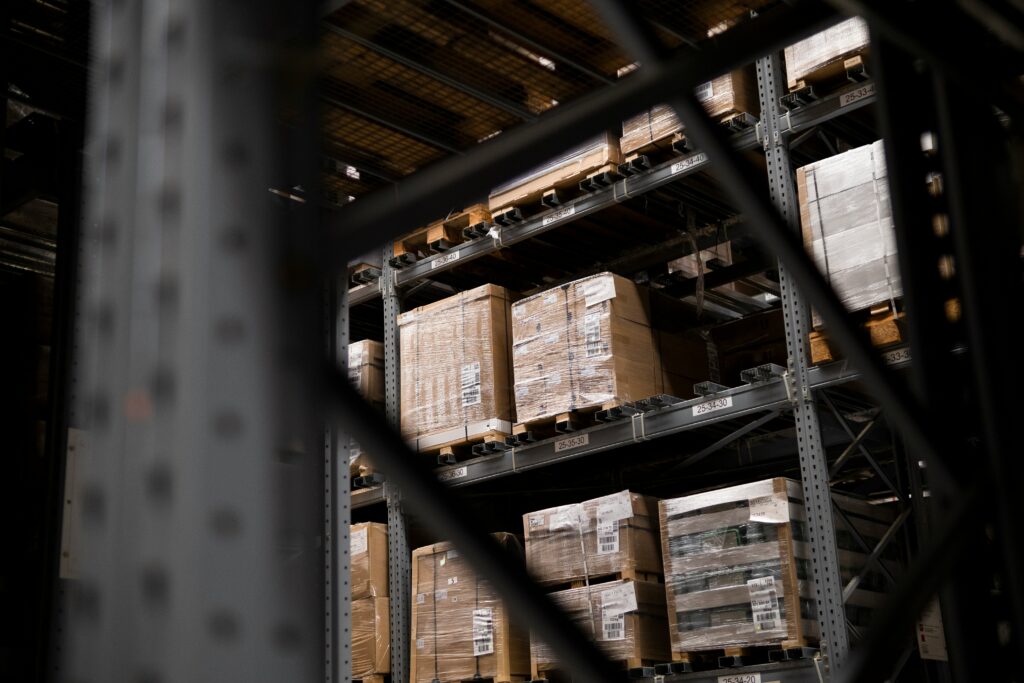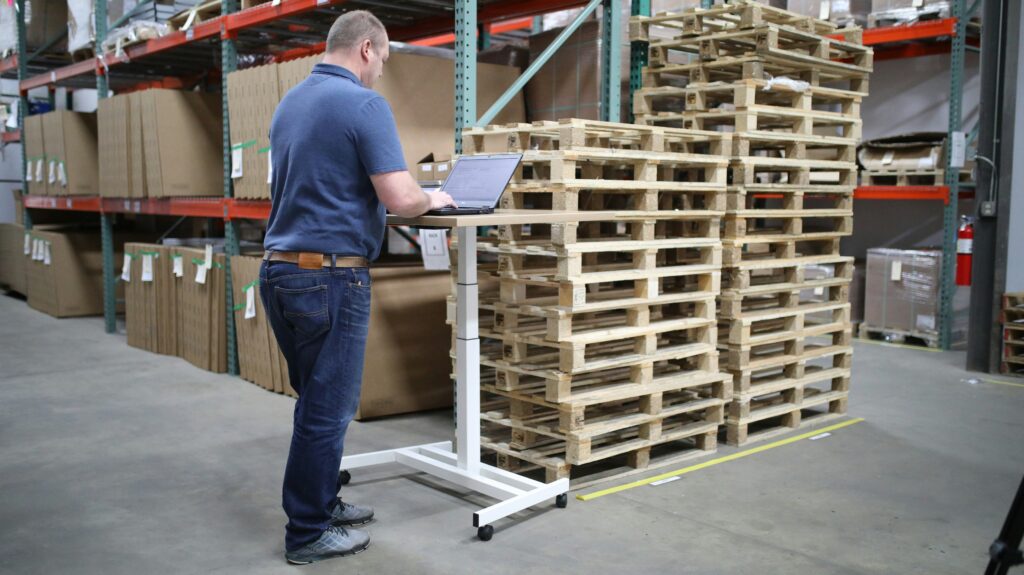In e-commerce fulfillment, smart planning helps businesses keep customers happy and operations efficient. Two behind-the-scenes heroes in this process are kitting and assembly.
You’ll often see them mentioned together, and while they’re closely related, they serve different purposes.
What Is Kitting And Assembly?
Kitting and assembly streamline e-commerce order fulfillment by grouping parts into one unit. Kitting creates a bundled SKU for faster picking and shipping, while assembly handles light rework and thoughtful packaging to enhance the unboxing experience.
Kitting: Facilitates E-Commerce Order Fulfillment
Kitting is the process of combining separate products, each with its own SKU, into a single package or “kit,” typically without decorative presentation. Once prepared, this new unit is assigned its own SKU and stored at your fulfillment center, ready to be shipped as one item.
This process is typically performed in batches when you anticipate specific combinations of items will be ordered. In other words, when your business data indicates customers frequently buy certain product combinations together, or when you plan specific promotions. This proactive approach allows you to pre-build such sets.
Once kitting is complete, staging comes next. Kitting and staging involve storing finished kits in a dedicated area, so they’re ready for immediate packing or shipment when the time comes.
Unlike traditional pick-and-pack, where items are picked one by one after the order is placed, kitting creates ready-to-go bundles – saving time, reducing effort, and minimizing errors.
Kitting is especially helpful for subscription box businesses, where curated monthly or seasonal sets need to be shipped quickly and consistently. It also works great for limited-time promotions or combining SKUs into high-value bundles.
As one industry source puts it, “because each prepared kit is assigned a SKU, this ultimately reduces the number of SKUs you have to manage in your inventory, helping you reduce clutter.”
Assembly: Tweaks And Personalizes Orders
Assembly involves putting the actual kit together, placing each item carefully inside the packaging, or making adjustments before final shipping. This service is ideal when your products require some last-step handling after arriving at the warehouse.
Assembly tasks often include:
- Assembling parts
- Getting items neatly organized in the box
- Making custom packs or displays
- Adding barcodes or shipping labels
- Inserting promo inserts or instructions
- Adding thank-you cards or branded stickers
For curated or more complex sets, such as subscription boxes or gift sets, assembly helps elevate presentation and improve the unboxing experience. It turns a box of products into something more cohesive and personal.
Used together, assembly and kitting bring structure to your inventory and character to your packaging. In everyday fulfillment, these terms sometimes overlap—especially when rework isn’t required. That’s why many providers refer to them interchangeably as part of their 3PL kitting and assembly services.
In other parts of the supply chain, as in manufacturing, assembly has a more literal meaning: combining components to create a finished product (like assembling a chair or an electronic device). Kitting in that setting means gathering all necessary parts so that assembly can happen without delays.
Comparison Of Kitting vs Assembly
Here’s a clear breakdown of the differences between these two order fulfillment processes:
| Kitting | Assembly | |
|---|---|---|
| Definition | Combining multiple individual items into a single, new SKU, often pre-built in batches. | Physically integrating multiple parts to create a finished product or modifying merchandise/packaging. |
| Purpose | Enhances efficiency, convenience, boosts average order value, simplifies inventory management. | Reduces customer effort, ensures quality control, adds finishing touches, customizes presentation. |
| Timing | Typically performed in advance of customer orders for known or anticipated combinations. | Can occur in advance (as part of kit creation) or as orders come in (for last-minute customization or preparation). |
| Output | A “kit” or “bundle” that is a new, single sellable unit. | A finished, modified, or specially packaged product ready for customer use. |
| SKU Impact | Creates a new SKU for the combined unit, streamlining tracking of the kit. | May or may not create a new SKU; focuses on enhancing or preparing existing SKUs for readiness. |
| Primary Focus | Grouping and packaging items together for consolidated inventory and sales. | Physical construction, modification, or enhancement of products or packages. |
| Example | A “skincare routine” kit including cleanser, moisturizer, and sunscreen. | Placing poly-bagged jewelry into branded jewelry boxes, or adding custom ribbons to a gift. |
Benefits Of Kitting And Assembly Management
When done right, kitting and assembly management can bring major benefits to your ecommerce operation:
Boosted Order Value And Sales
Creating curated kits encourages customers to buy more. Bundling products together, especially with a small discount, increases the average order value and revenue.
Inventory Efficiency
Kitting allows you to offload slow stock by combining it with fast-moving products. It also simplifies tracking, since you’re managing fewer individual SKUs.
Cost Savings
Consolidating multiple items into a single package saves on packaging materials, pick-and-pack labor costs, distribution expenses, and shipping fees.
Faster Fulfillment
Assembly packaging and kitting streamline your fulfillment process by reducing the number of individual packages, saving time and labor. It also reduces errors, since workers handle one unit instead of several items.
Plus, it helps minimize stockouts and overstocking, and shortens lead time, especially for complex items. And because assembled orders are typically better checked for completeness, you get fewer returns and refunds.
Stronger Quality Control
When assembly is handled by skilled fulfillment staff, each kit or package is double-checked for accuracy and condition. This lowers the chances of sending out damaged or incorrect orders.
As one fulfillment expert says, “By grouping items together and assembling parts in advance, companies can check each item for accuracy and quality before shipping. This organized approach helps reduce errors, like missing or incorrect items, and minimizes the risk of damage during transit.”
Value-Added Services
You can offer additional services like custom lettering, personalized garment prints, or branded inserts, elevating personalization and unboxing experiences, ultimately enhancing your brand’s perception.
Improved Customer Experience
Customers enjoy receiving thoughtfully prepared sets that feel complete and well cared for. And in demand surges, like holiday seasons, having well-prepared kits assembled and ready to ship avoids delays and makes customers smile.
Streamlining E-Commerce Fulfillment
Nimbl Fulfillment specializes in e-commerce solutions that simplify your life. From building a subscription box to launching a seasonal variety pack or streamlining your catalog, we offer dynamic kitting and light assembly solutions tailored to your needs.
We support high-volume fulfillment with nationwide shipping discounts, and our smart warehouse system integrates with over 100 e-commerce tools – saving time, reducing errors, and helping your business grow.
Ready to simplify fulfillment? Let’s get started!



